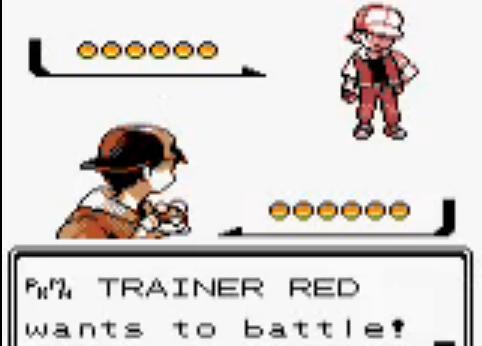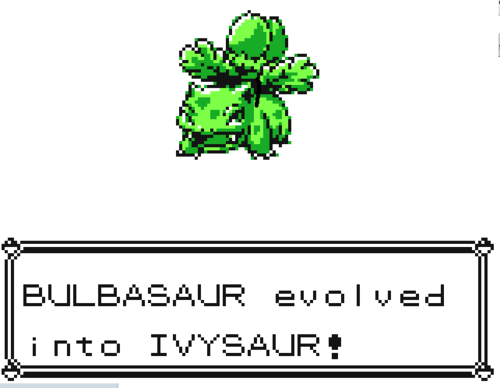
After conquering the Elite Four, Red became its leader. However, lacking understanding of things like human emotion, he was horribly unfit for the role of leader. Red became known as a despot, inspiring the hatred of all of Kanto. Under his leadership, the skills of the Elite Four atrophied. Red was blind to the rumblings of rebellion throughout Kanto, but was not blind to the fact that his skills as a trainer were growing dull. To rectify this, he planned a hiatus during which he could train alone on Mount Silver.
At the time that the Elite Four's skills were atrophying, the Kanto gym leaders continued to gain strength. Eventually, Red was the only member of the Elite Four who was stronger than any of the Kanto gym leaders, and when Red left for Mount Silver, the Kanto Gym leaders staged a rebellion. Lorelei and Agatha were either killed or fled into hiding. Bruno, being among the more benevolent rulers of the Elite Four, was allowed to stay. The Kanto gym leaders were not able to defeat Lance's powerful dragons, but after seeing Agatha and Lorelei disappear/get killed, Lance admitted that he had no desire to see the current system continue. The Kanto gym leaders allowed Lance to stay as league champion, and stationed one of their own, Koga, on the new Elite Four. (Koga's daughter, Jasmine, replaced him in the Fuchsia City gym.) Red, meanwhile, continued his training atop Mount Silver. He remained in total isolation until three years later, when he received his first human visitor: a young boy named Gold.



